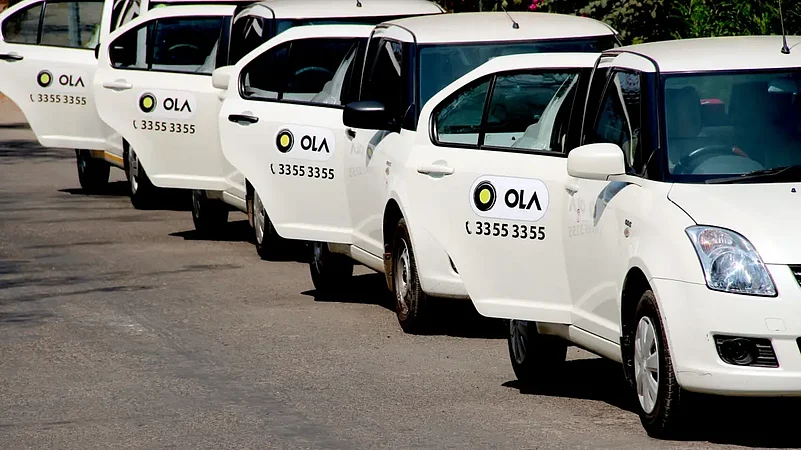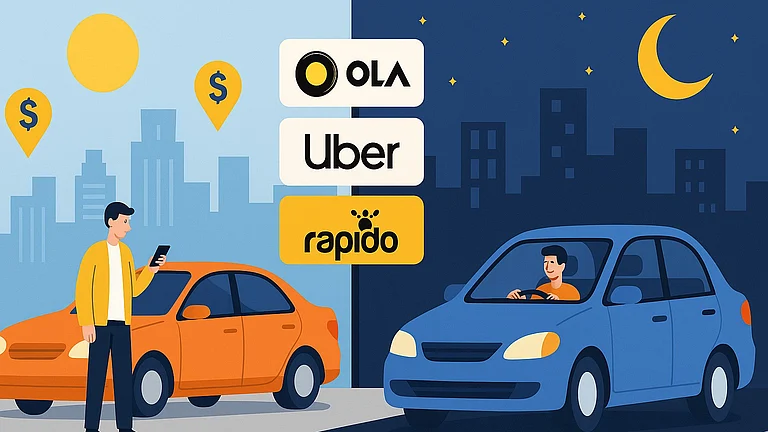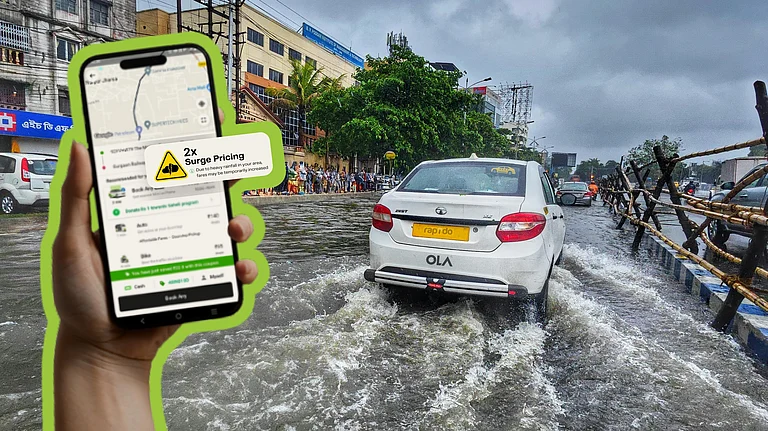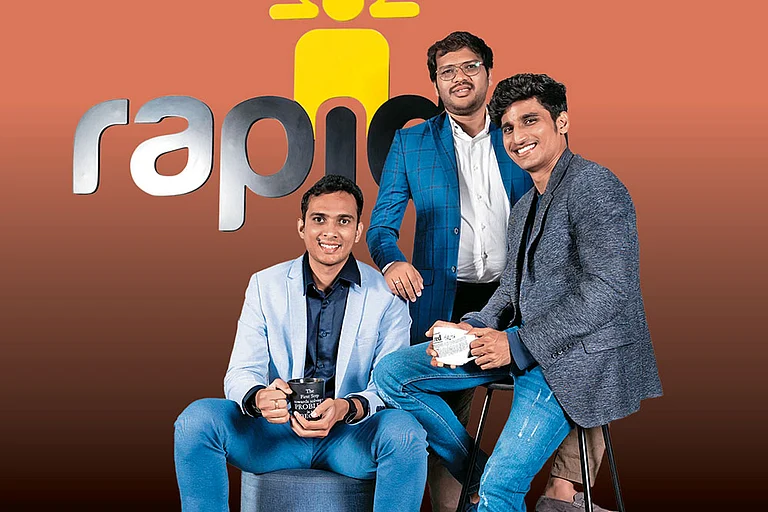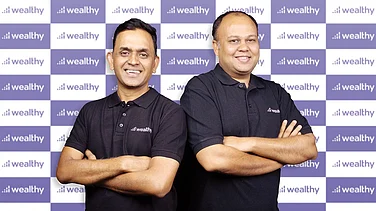Drivers associated with ride-hailing platforms like Ola and Uber have been protesting against their working conditions and fares in Mumbai. The protest, which started on July 15, witnessed nearly 90% of app-based cab drivers, as per PTI reports.
They are demanding fare parity with conventional ‘Black & Yellow’ taxis (₹32/km for AC cabs), ban on bike taxis operating through aggregator apps, permit caps for black-and-yellow taxis along with auto rickshaws, formation of a welfare board for gig-based transport workers, and introduction of a ‘Maharashtra Gig Workers Act’ models on policies adopted by other states.
Kiran Kshirsagar, president of the Maharashtra Gig Works Manch stated that the cab aggregators are charging hefty commissions while offering drivers as low as ₹8 per km.
The agitators also met Maharashtra Transport Minister Pratap Sarnaik earlier this week regarding the same issue. But there was not clear commitment from the state government, said Kshirsagar.
The protest caused traffic on Mumbai roads and many commuters who take cabs shifted to BEST buses, auto rickshaws, and chose to walk. The airport authority on Wednesday issued a travel advisory on X (formerly Twitter) and urged travellers to plan.
“In light of ongoing protests in the state, passengers travelling via #MumbaiAirport are advised to check transport availability and plan alternate arrangements in advance,” the post read.
The protest came after the ride-hailing platforms adopted zero commission models and the government allowed cab drivers to charge 2x during peak hours.
Govt Allows Surge Pricing
Earlier this month, the government updated its guidelines for cab‑aggregator platforms amid ongoing discussions on surge‑pricing issues. To give context, surge pricing is a dynamic fare‑adjustment mechanism used by ride‑hailing platforms to raise per‑kilometre rates automatically whenever rider demand surpasses the number of drivers available in a given area.
As per the revised rules, aggregators like Ola, Uber and Rapido can now charge up to twice the base fare during peak hours, an increase from the previous cap of 1.5 times. During non‑peak hours, fares must not fall below 50 % of the base rate.
The guidelines, titled Motor Vehicles Aggregator Guidelines (MVAG) 2025, issued by the Ministry of Road Transport and Highways, have advised the states to adopt the revised rules within the next three months.
State governments will be responsible for setting base fares for various vehicle categories such as taxis, auto‑rickshaws and bike‑taxis. If a state has not defined these fares, the aggregator must submit its proposed base fare to the respective state authority.
Ola, Uber Adopt Zero Commission Model
Last month, Bhavish Aggarwal-led Ola has implemented a zero commission model across the country. Ola drivers can now fully retain their fare earnings with no ride or income limits. They can choose their plan and keep the entire fare, with no deductions or limits.
This plan covers autos, bikes, and cabs nationwide. “The launch of 0% commission model pan India marks a fundamental shift in the ride-hailing businesses. Removing commissions empowers driver partners with much more ownership and opportunity,” an Ola Consumer spokesperson said.
In this model, no commission fee is charged. Instead, a one-time fee or subscription fee applies, either on a daily basis, monthly, or annually. For example, Rapido’s subscription fee ranges from ₹9 to ₹29 per day. Namma Yatri charges ₹90 per day, irrespective of the number of rides.
On the other hand, cab aggregators generally charge a commission fee of around 20-40% from drivers.





